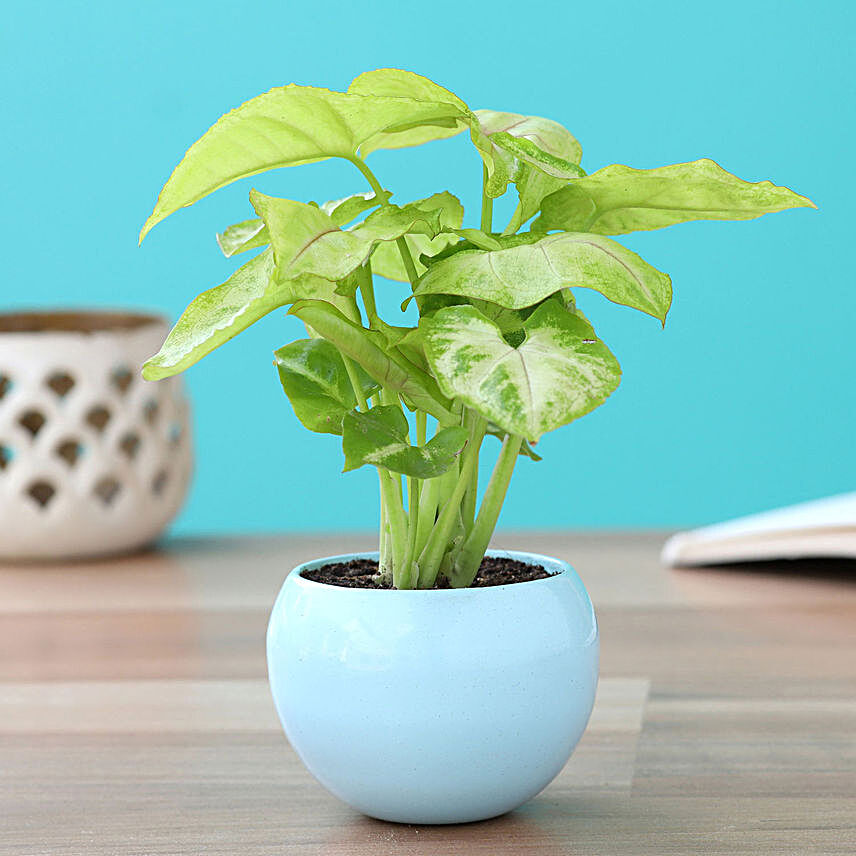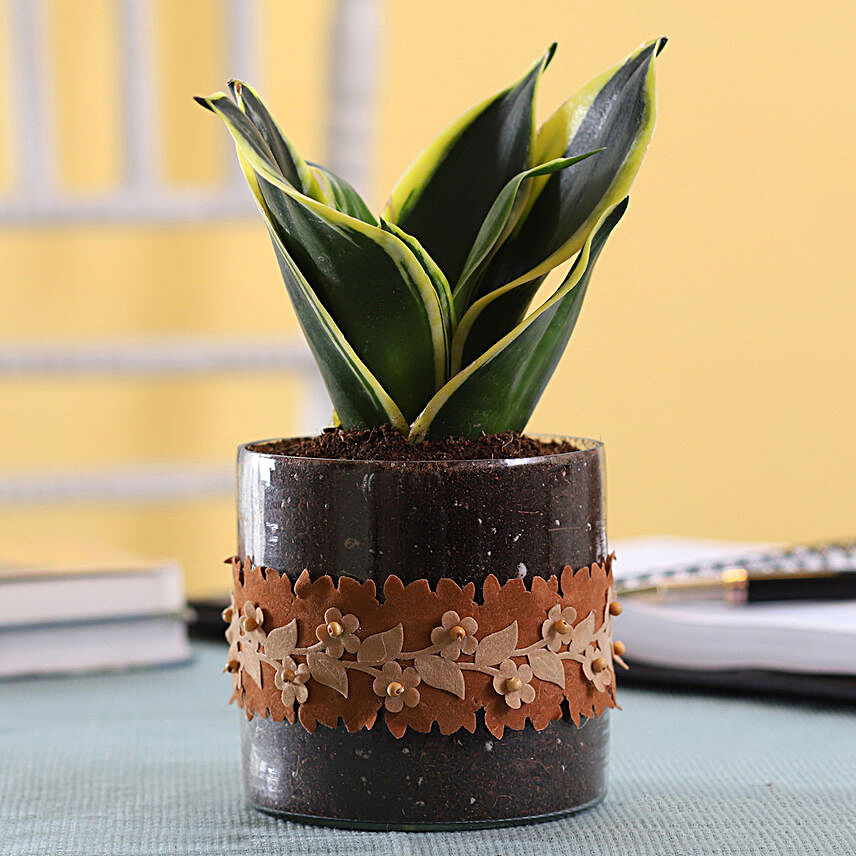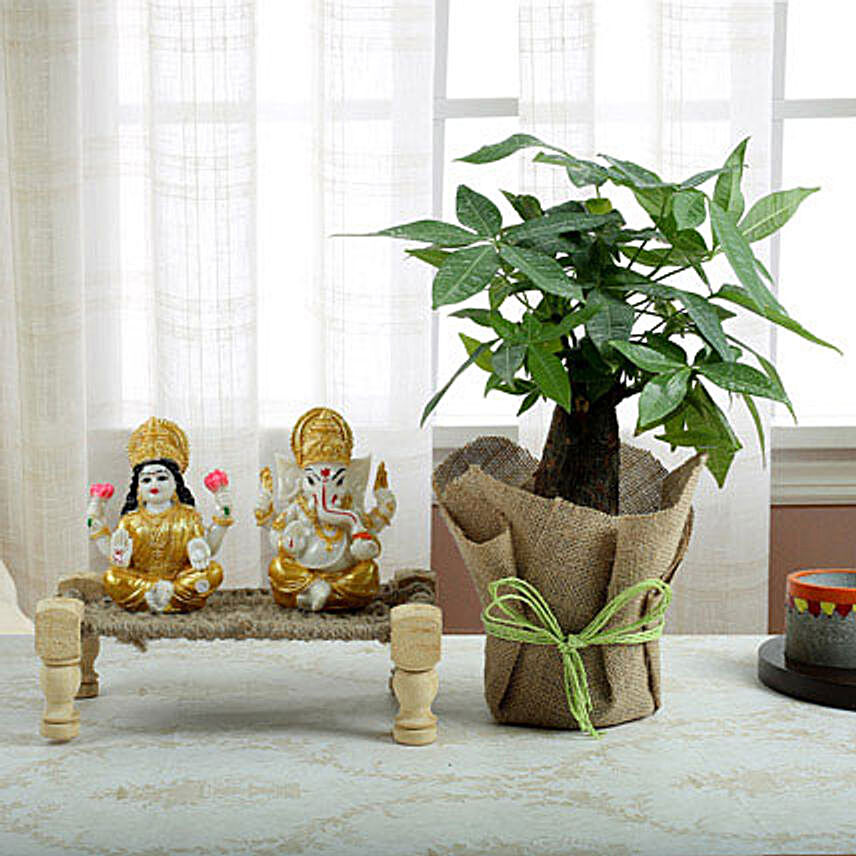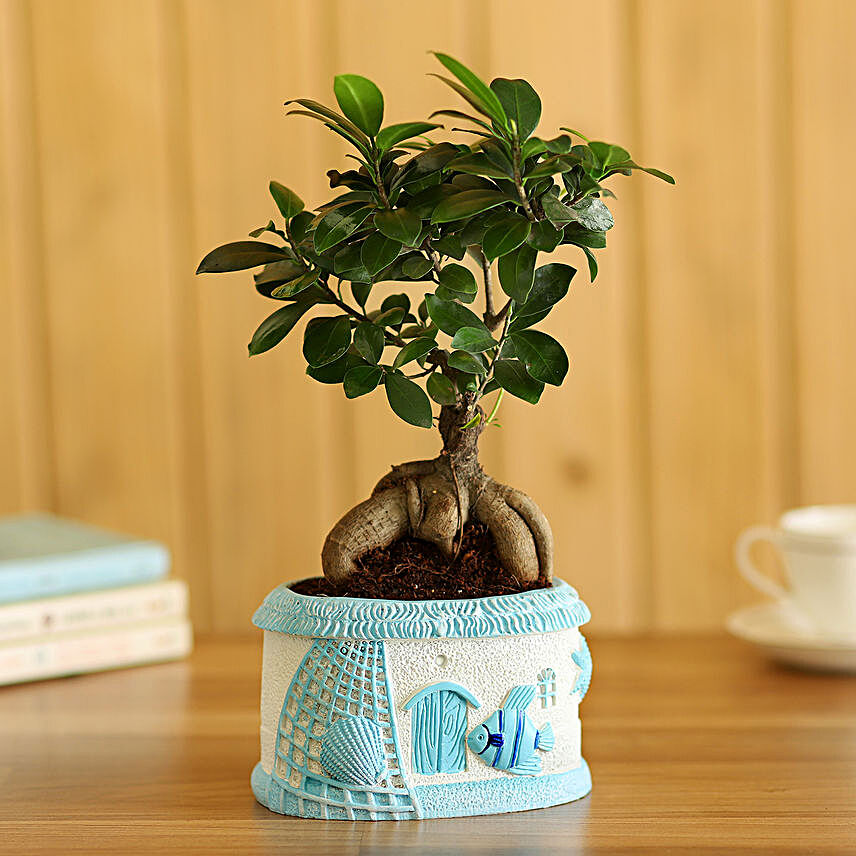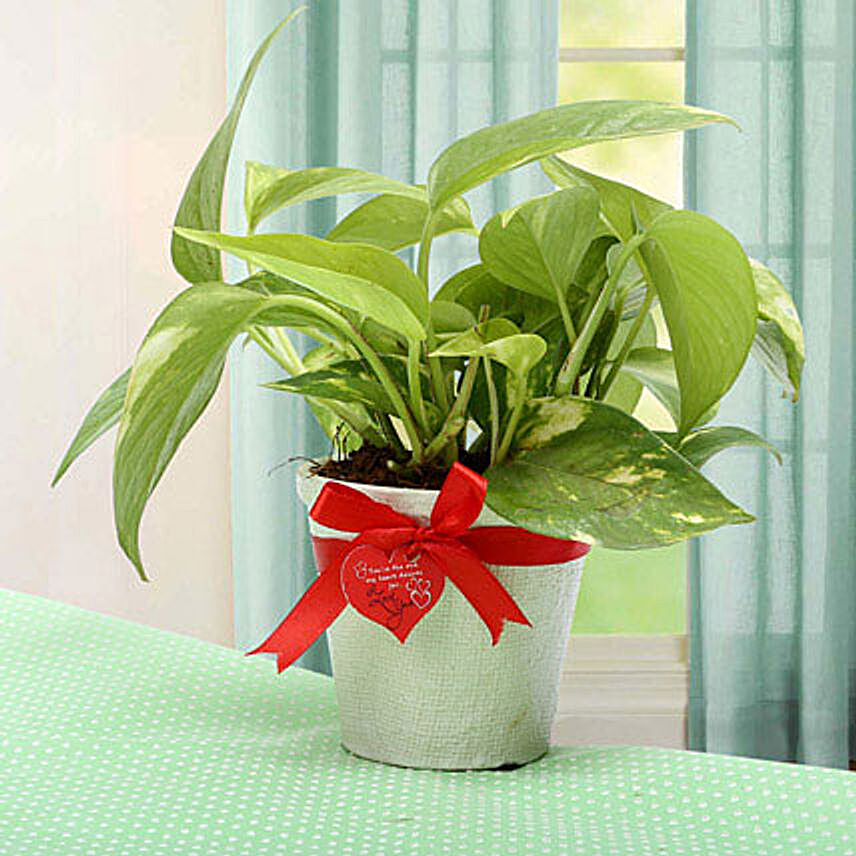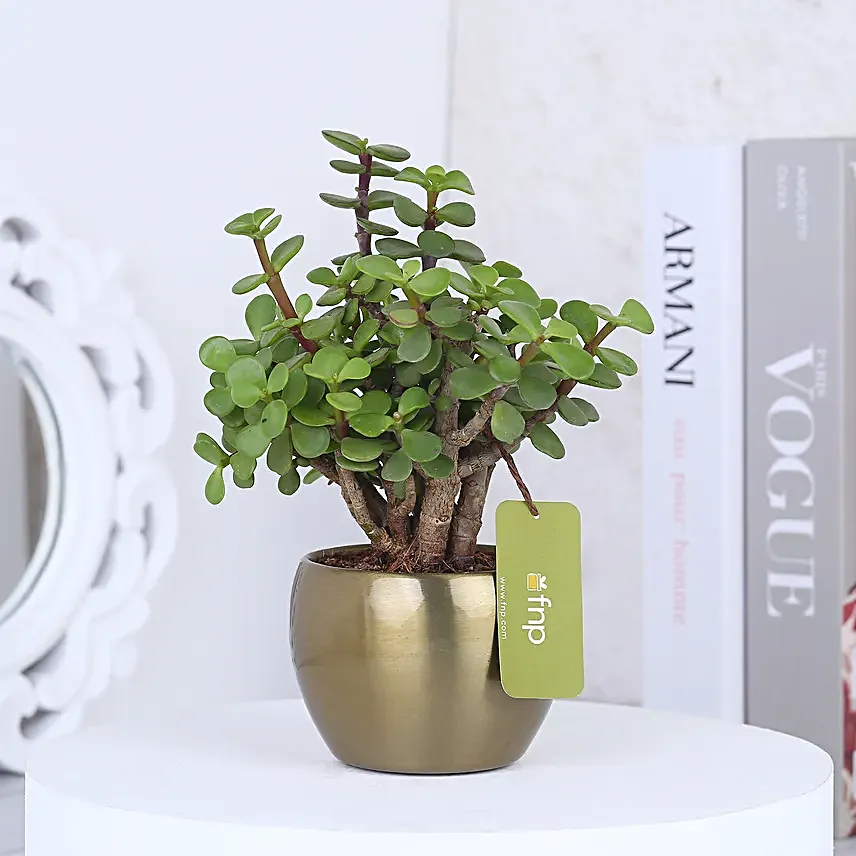How to Grow and Care for Peace Lily Plants?
- Author: Anushka Published: 06th May, 2022
Calm, exotic, beautiful and ornamental - Peace lilies are the tropical perennials that add a touch of flair to any space with their striking white blooms and deep green leaves. An ideal, evergreen plant for both home and office, peace lilies can last for a long period and flower over & over again. Among many interesting things to know about peace lily plant, the primary one is that they are very easy to care for. In this guide, we put forth everything about how to grow and care for peace lily plants

How to Grow and Care for Peace Lilies?
Lighting: Ideally, you should place peace lilies in the spot that receives bright, indirect sunlight. With that said, a north-facing window would make an ideal position for this plant. Don't expose them to direct afternoon sunlight as it may cause the leaves to burn.
Watering: Peace lilies can survive being a little underwatered, but they will soon develop brown tips if not watered enough and this is your cue. It is important to keep its soil moist but also not sopping wet. Also, during summer, mist this plant at regular intervals as they blossom well in a place with higher humidity.
Temperature & Humidity: Since peace lilies are tropical plants, they enjoy moderate or high humidity. Low humidity levels can cause its leaves to develop brown tips, curl and even droop. Spraying their leaves or putting the pot on a tray of wet gravel help maintain its humidity. Furthermore, they do best in 60% humidity and temperatures 60°F (16°C). Avoid keeping them anywhere near cold, windy windows.
Fertiliser: Though they are not heavy feeders, they enjoy occasional fertilising. In summer and spring, feed them with an organic houseplant fertiliser every 5-6 weeks. Do note that this plant is sensitive to chemical-based fertilisers, therefore organic fertilisers are the ideal choice. Rest, you do not need to fertilize the plant during winter.
Tips to Take Care of Peace Lily Plant:
-
Peace lilies can’t tolerate chemicals in tap water. If the water at your home is highly chlorinated, it’s advisable to use filtered, room-temperature water.
-
During summer and spring, feed them biweekly with a portion of liquid-based plant food, according to the instructions provided.
-
It is advised to re-pot your plant into a slightly larger pot every few years, with fresh compost. Though Peace lilies do well with their roots restricted, if you witness repetitive wilting, it’s a sign that it has outgrown its pot.
-
Keep an eye out on critters (such as mealybugs and scale bugs) that can harm your peace lilies.
If you have a green finger, we hope you have another green baby in your kitty. So, don’t wait and order a peace lily plant online.
